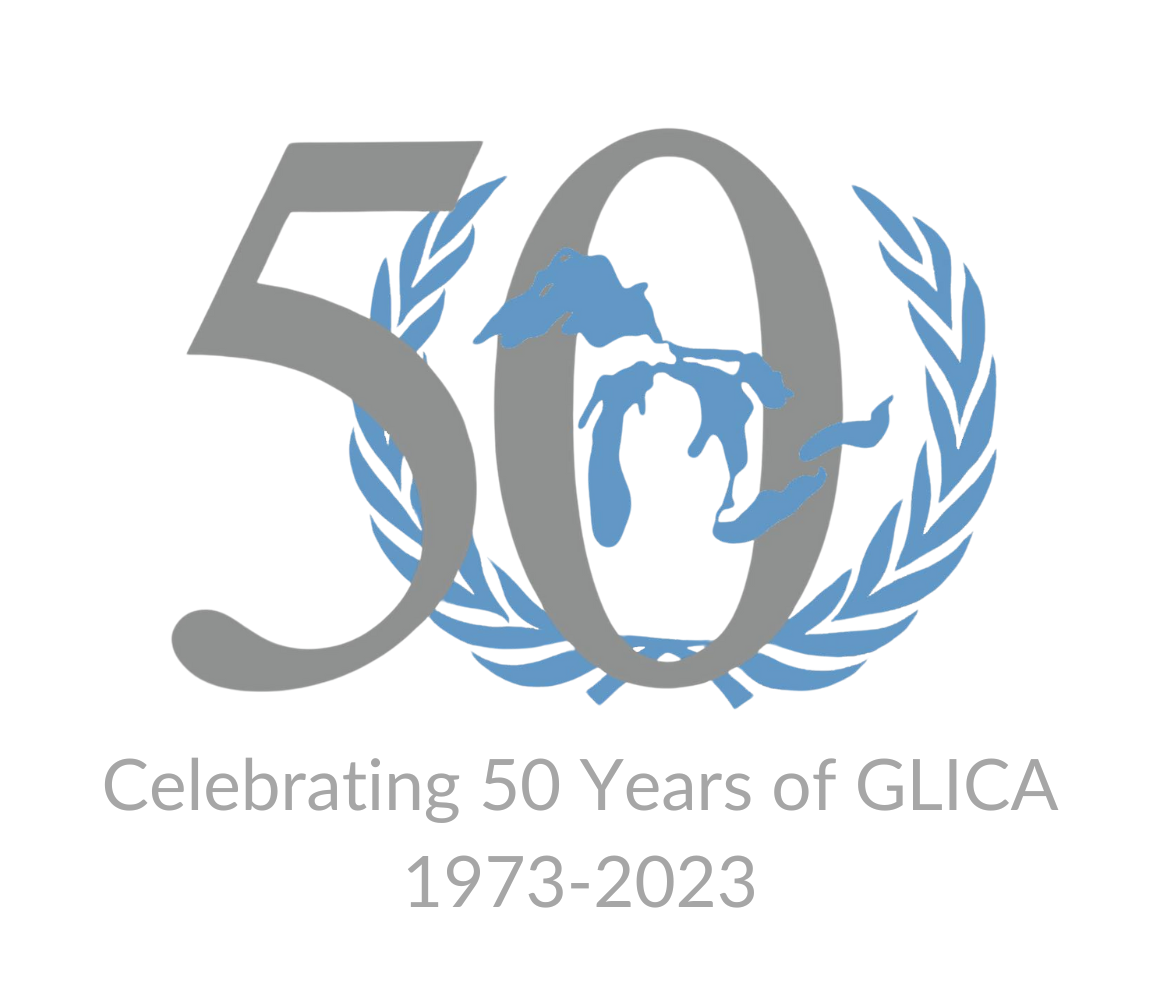Topic: 2025-Regulating Invasive Species
Country: Russian Federation
Delegate Name: Amelia Wigant
Invasive species, often considered one of the leading drivers of biodiversity loss and ecological damage worldwide, pose significant environmental, economic, and social threats. These non-native species can disrupt ecosystems, outcompete indigenous flora and fauna, and lead to long-term ecological and agricultural damage. While the issue of invasive species has gained increasing global attention, nations differ in their approaches to managing and regulating their spread. Russia, with its vast territory spanning diverse ecosystems and climatic regions, has a unique perspective on the regulation of invasive species. This paper outlines Russia’s stance on invasive species management, focusing on its existing policies, challenges, and the implications for international cooperation.
Russia spans over 17 million square kilometers, encompassing a wide range of ecological zones from Arctic tundra to temperate forests and vast steppes. The Russian Federation is home to many of the world’s most significant ecosystems, such as the Siberian taiga and the steppes of southern Russia, which are crucial for maintaining global biodiversity. Additionally, Russia’s agricultural and forest industries are integral to its economy, relying on healthy ecosystems for resource extraction, crop production, and wildlife conservation.
Although, Russia also faces increasing pressure from the introduction of invasive species, particularly in regions where human activity intersects with vulnerable ecosystems. This has led to growing concerns over the economic and ecological impacts of invasive species on Russian agriculture, forestry, fisheries, and biodiversity.
Russia’s approach to invasive species management is somewhat fragmented, as the issue intersects with various governmental agencies and ministries. The primary regulatory body addressing invasive species in Russia is the Ministry of Natural Resources and Environment, which is tasked with overseeing the implementation of Russia’s environmental protection policies. The 2014 “Federal Law on Environmental Protection” provides a broad framework for regulating the introduction and management of invasive species. The law highlights the need to prevent the spread of non-native species that pose a threat to the environment, agriculture, and public health.
Additionally, Russia has a system of “Sanitary and Epidemiological Supervision” to address the introduction of invasive species that may pose a threat to human health. This system is primarily focused on controlling the spread of diseases and pests but also serves as a preventive mechanism for dealing with invasive species. However, the coordination between environmental, health, and agricultural bodies remains inconsistent, making effective management difficult.
Invasive species are a significant concern for Russia’s agricultural sector. Certain invasive pests, such as the cabbage root fly and the pine shoot beetle, have had a profound impact on crop yields and forest health. The introduction of alien plant species like the Japanese knotweed and the common ragweed has also disrupted native ecosystems, causing economic losses in forestry and agriculture.
To address these issues, Russia has begun implementing control measures, including the use of herbicides, pesticides, and physical removal, alongside biological control programs. However, the effectiveness of these measures is debated, and many regions struggle with insufficient resources and expertise to combat invasive species effectively.
Biodiversity Conservation: Russia’s rich biodiversity faces considerable threats from invasive species. Native wildlife, such as the Siberian tiger, Russian brown bear, and several species of freshwater fish, are particularly vulnerable to the introduction of non-native predators, diseases, and competitors. For example, the spread of invasive fish species like the perch and carp has led to competition with native fish and altered aquatic ecosystems.
Russia’s approach to biodiversity conservation is guided by its commitment to international agreements, such as the Convention on Biological Diversity (CBD). However, the enforcement of biodiversity protection laws remains inconsistent, with inadequate monitoring systems and limited data on the distribution and impact of invasive species.
Given its large landmass and ecological diversity, Russia recognizes the importance of international cooperation in addressing the challenges posed by invasive species. However, Russia’s approach to international collaboration in this regard is influenced by both geopolitical and economic factors.
Russia participates in international environmental organizations, including the United Nations Environment Programme (UNEP) and the CBD, which provide forums for the discussion and regulation of invasive species. Russia’s delegation has expressed support for strengthening global efforts to prevent the spread of invasive species through collaborative monitoring, early-warning systems, and the sharing of best practices.
As a major global power and trading nation, Russia is concerned with the role that international trade plays in facilitating the spread of invasive species. While Russia has implemented strict border control measures, including quarantine inspections and the regulation of imported goods, the challenge of balancing free trade with environmental protection remains a point of tension. Russia has called for stricter international standards for regulating the movement of goods that could harbor invasive species, particularly in sectors like agriculture, forestry, and shipping.
Russia’s approach to invasive species management is also shaped by its geopolitical interests. In some cases, Russia has been cautious about endorsing certain international frameworks or agreements that it perceives as limiting its sovereignty or economic freedom. For example, Russia’s reluctance to fully embrace the European Union’s invasive species regulations has been attributed to concerns about trade restrictions and regulatory burdens on domestic industries.
Russia recognizes the severe ecological and economic threats posed by invasive species and has taken steps toward developing a framework to address the issue. However, the complexity of managing invasive species across such a vast and ecologically diverse territory presents considerable challenges. While Russia supports international cooperation on invasive species management, its geopolitical and economic concerns often influence the extent to which it engages with global frameworks. To enhance the effectiveness of invasive species regulation, Russia may need to focus on improving inter-agency collaboration, increasing public awareness, and strengthening its commitment to international environmental agreements. Furthermore, as the global movement of goods and people continues to increase, Russia’s role in shaping international policies for invasive species management will remain crucial in the fight to protect global biodiversity.


